President George H.W. Bush’s Time Aboard the USS San Jacinto (CVL-30) During World War II
George H.W. Bush had one of the most distinguished military careers of all United States Presidents. He first entered the Navy at the age of 18 and was in the reserves until he was 31. During his time in the service, the future President fought multiple air missions during World War II. And during that operation, Bush spent much of his time aboard the USS San Jacinto.
Bush enlists in the Navy
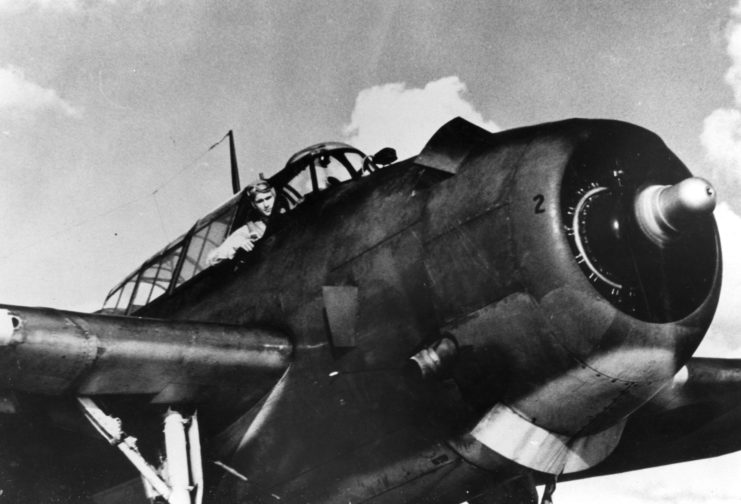
George H.W. Bush was still in High School when Pearl Harbor was bombed in 1941. He was a child of great privilege and was attending school at the Phillips Academy in Andover, Massachusetts. As soon as he turned 18, though, Bush enlisted in the United States Navy. He rose up the ranks rapidly. Bush was commissioned as an ensign in 1943, just days before his 19th birthday and this made him one of the youngest airmen in the entire military.
The Ship
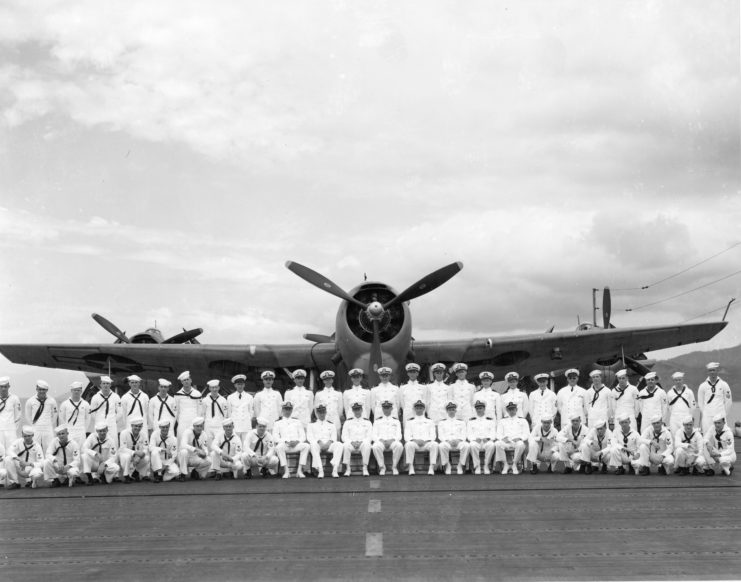
The USS San Jacinto, finished in 1942 in Camden, New Jersey, was originally meant to be a light cruiser. It was 622 feet, weighed 11,000 tons, and could hold a crew of 1,560. The ship was christened the San Jacinto by Texas philanthropist Mary Gibbs Jones, the wife of Secretary of Commerce Jesse Holman Jones.
In 1943, the boat was converted into a light aircraft carrier and reclassified CVL-30. Upon the ship’s commission in November of 1943, Captain Harold M. Martin was placed in command. The aircraft carrier headed towards the Mariana Islands in the western North Pacific Oceans.
Operation Snapshot
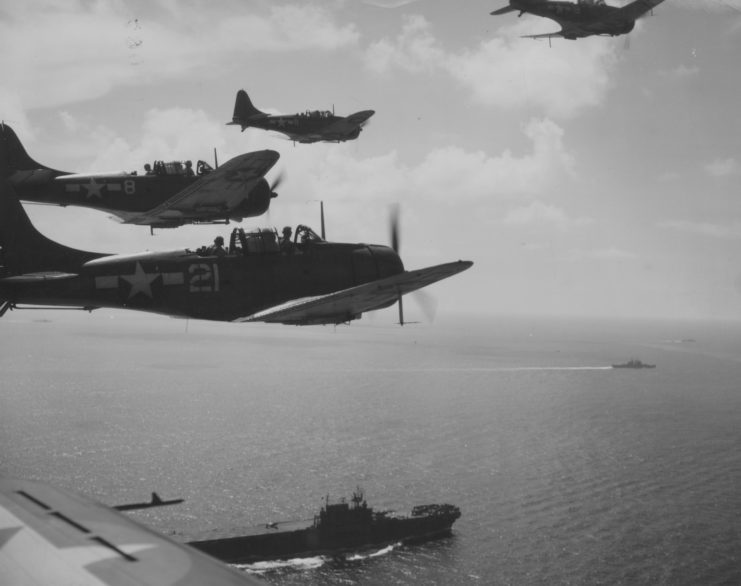
In July of 1944, the San Jacinto headed towards Guam. On July 24th, Airman Bush took part in an action codenamed Operation Snapshot. Bush flew over the Palau Islands in the Western Carolines for a photoreconnaissance mission. The pilot was able to take over 1,000 photographs of the area. During the mission, Bush and fellow airman Lt. Roland Houle sunk a Japanese armed trawler.
Operation Scavenger
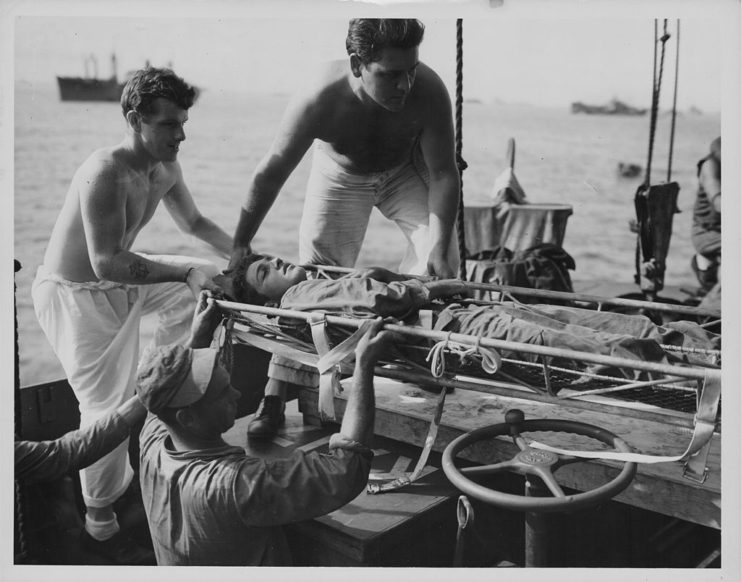
On September 2nd of 1944, Bush and several other airmen conducted airstrikes over Iwo Jima, Chichi Jima, and Haha Jima. The mission was a disaster. The future President was shot down and was able to safely eject and was rescued by an American submarine. Two other airmen, John Delaney and William “Ted” White were shot down and captured by the Japanese. The two men were executed and their livers were eaten (following the war, 4 officers who initiated the act of cannibalism were tried and hanged for their crimes.)
The death of his crewman had an effect on Bush for the rest of his life. According to Bush, he asked himself after being saved, “Why had I been spared and what did God have for me?” For his actions in the operation, the future President was awarded the Distinguished Flying Cross for his role in the mission.
The End of the War

Bush returned to the San Jacinto in November of 1944. The future President took part in further operations in the Philippines. By this point, 50% of the pilots who worked upon the aircraft carrier had been killed. Bush was seen as an important pilot and early in 1945, Bush was transferred to VT-153, a new torpedo squadron. The pilots were being trained for Operation Downfall, a mission to mainland Japan being planned by Admiral Chester Nimitz and General Douglas MacArthur.
While Operation Downfall was being planned, however, the atomic bomb was secretly being developed. After the bombs were dropped on Hiroshima and Nagasaki, Japan surrendered and Operation Downfall was canceled. Bush was released from active duty in September of 1945 and was formally discharged from the Navy in 1955.
Bush was fondly remembered by his fellow Crew Members
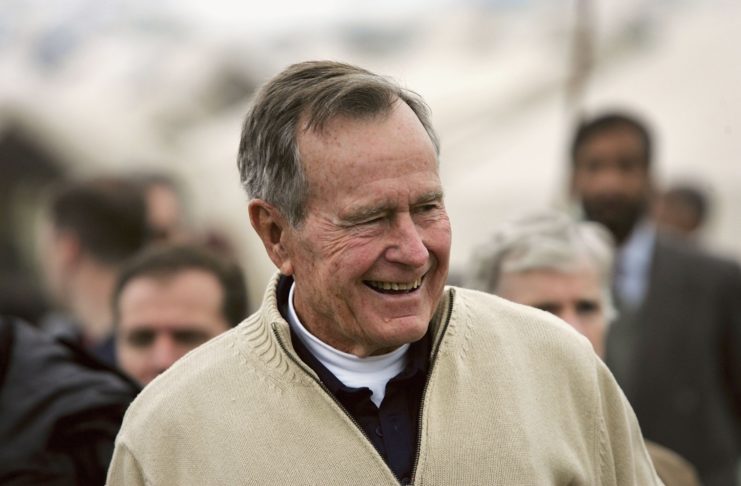
Despite his future, Bush was just one of the guys during his time on the San Jacinto. During a 2009 get-together, a number of pilots remembered him fondly. Back then, Bush was called skin by his comrades. John “Raq” Raquepau, a fellow pilot, said of Bush, “He was one hell of a nice guy. We’re the luckiest people in the U.S.A. because there are not many people who knew George Bush.”
Legacy
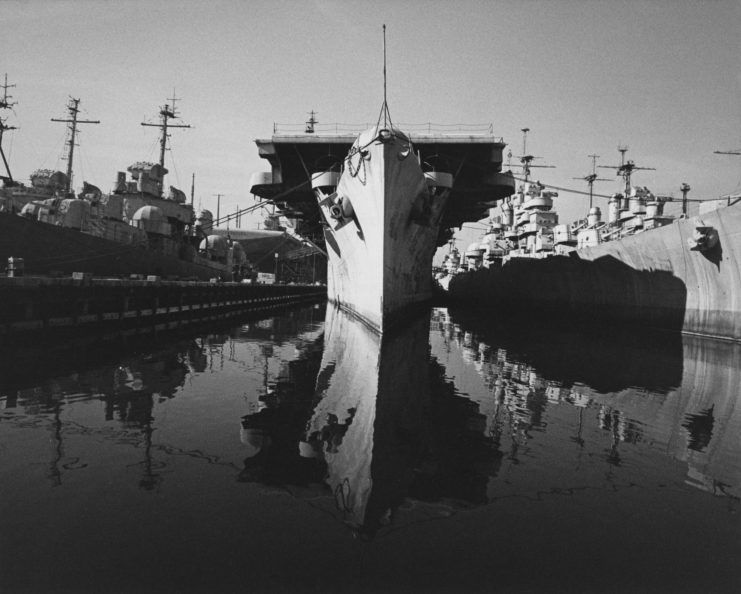
Some noted ships were honored following the war. The USS Missouri was sent to Hawaii where it acts as both a Pearl Harbor museum and a monument to the Allied victory. The San Jacinto was not so lucky. The aircraft carrier was sent to San Diego in 1947. It was struck from the Navy’s list in 1970 and was broken up and sold for scrap in 1970.
The post President George H.W. Bush’s Time Aboard the USS San Jacinto (CVL-30) During World War II appeared first on warhistoryonline.
Post a Comment
0 Comments